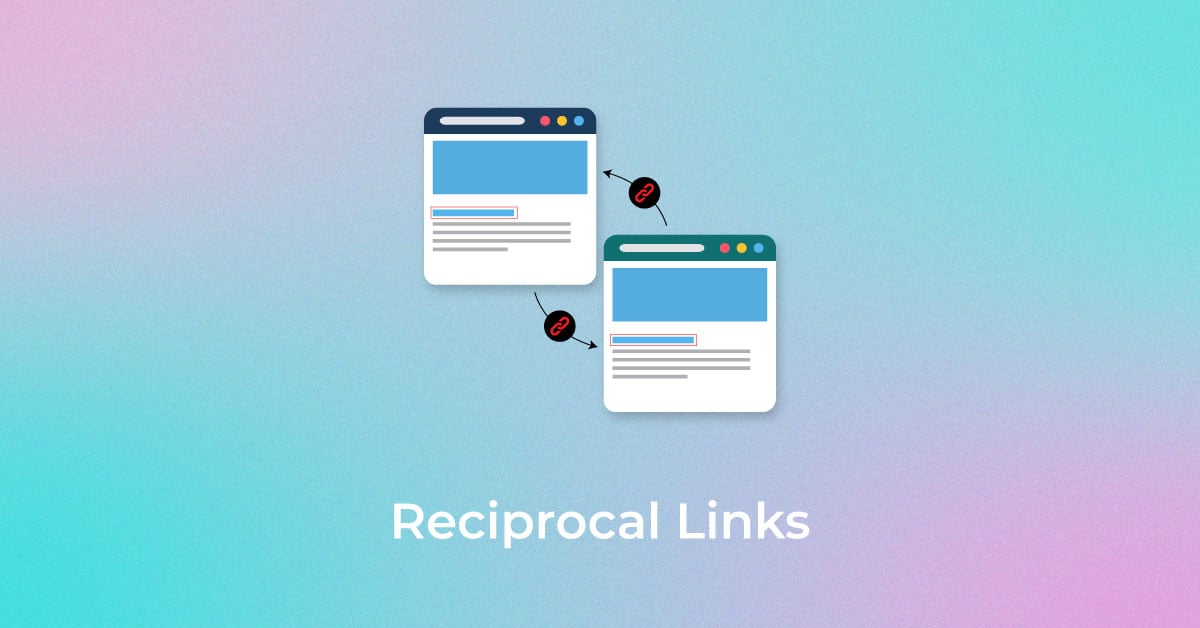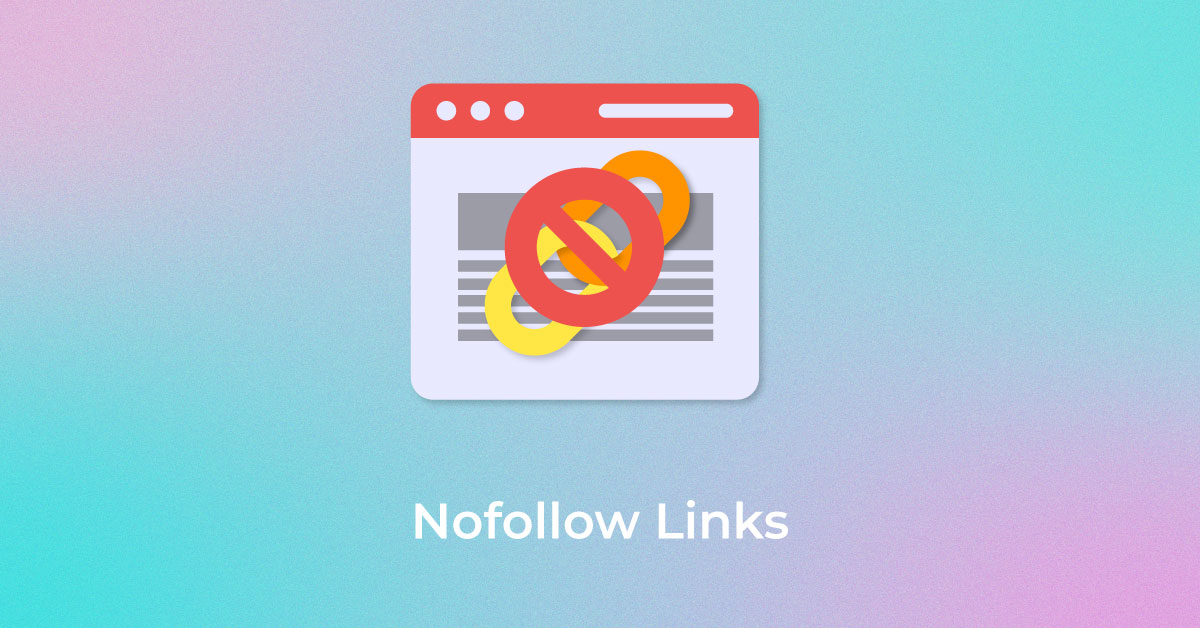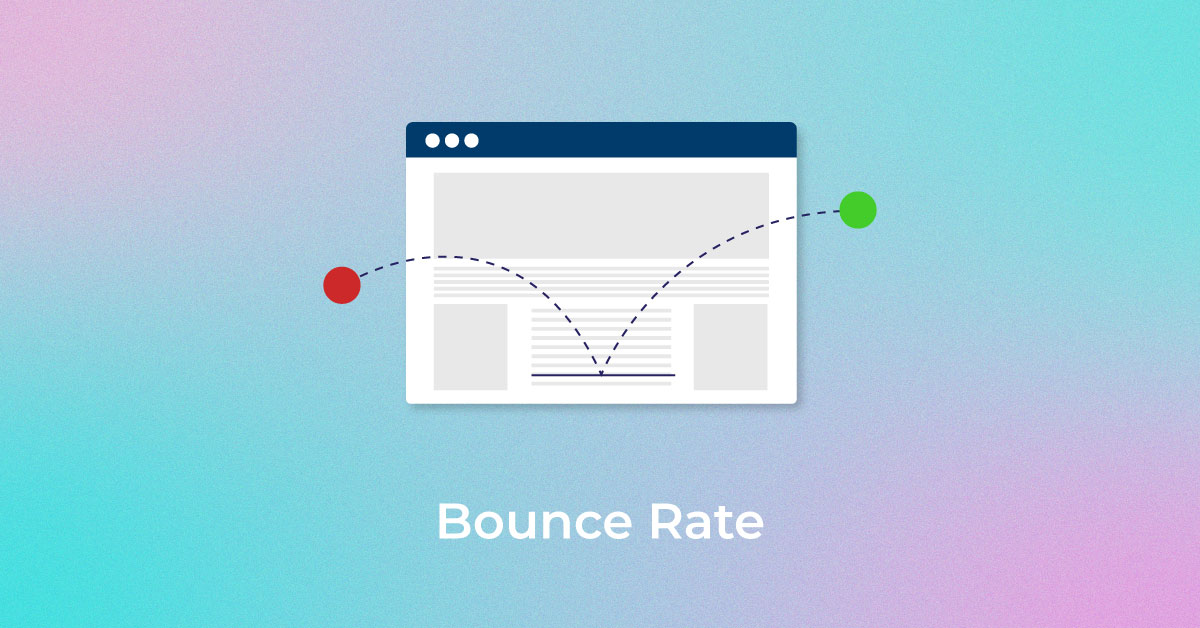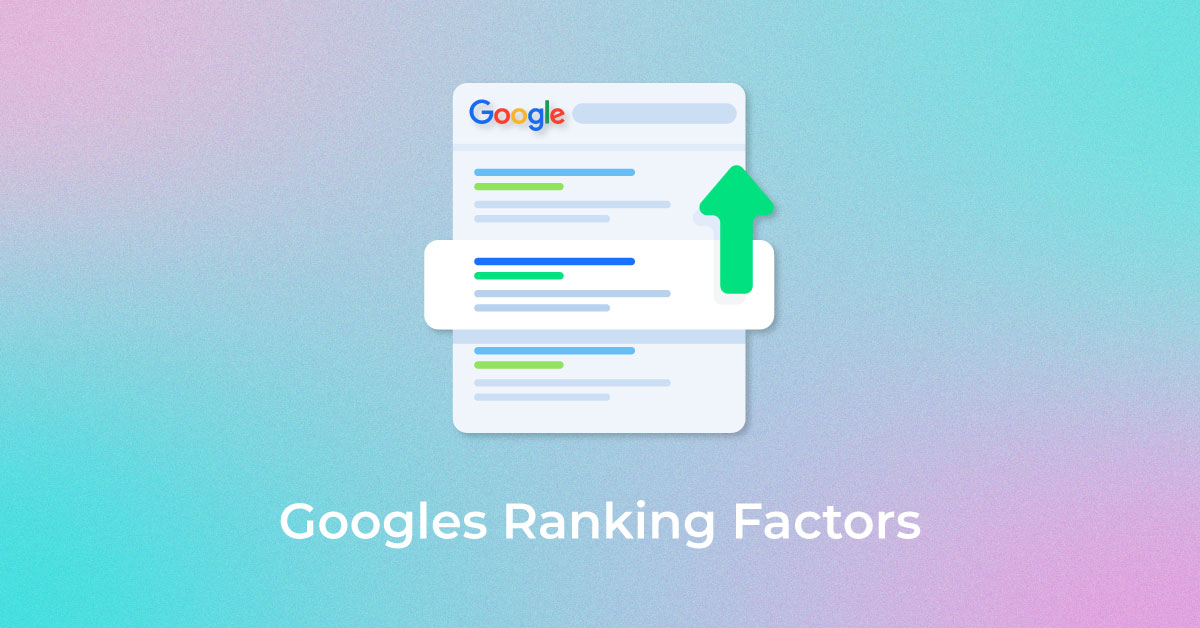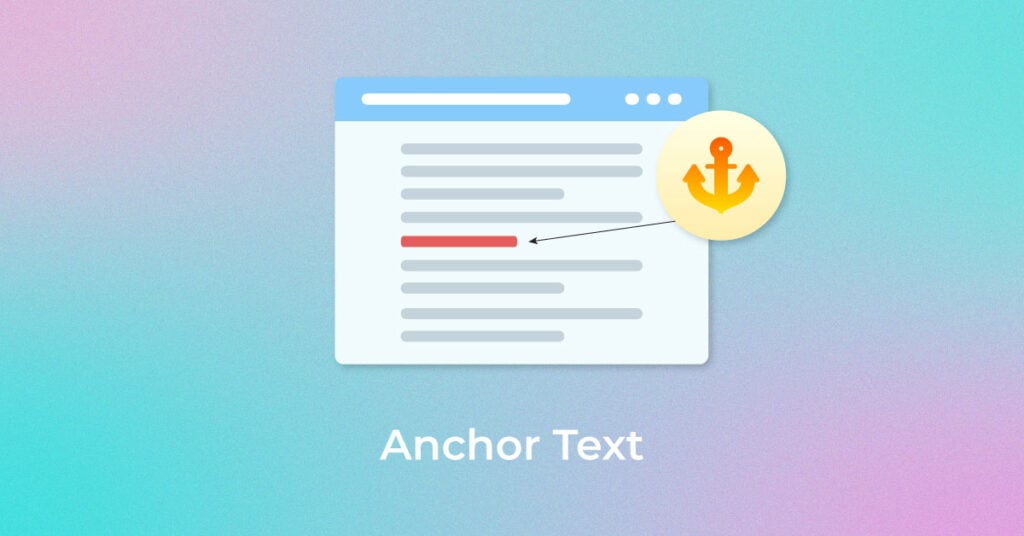Anchor text, or link text, is the visible text part in a link that directs a user to a different page. The purpose of an anchor text is to let the reader know exactly what they can expect once they click on a link.
Anchor text also corroborates with the search engines, as it tells the search engine algorithms of the correlation between the URL and the link text. This helps the algorithms in getting a gist of what the content on the URL is about.
So, what exactly does an anchor text in SEO look like? The first part of it is the main URL of the website. The second element is where the description comes in. This description is referred to as anchor text in the URL. For instance, the link to this blog is “https://www.infidigit.com/blog/anchor-text/”. So the first part of the URL is the website, but the second part describes exactly what this webpage is about.
What is Anchor Text?
Anchor text is the hyperlink text on websites that you can click to move from one Web page to the other. As the name suggests, the term anchors two completely different URLs together. Anchor text serves many purposes like landing you to different Web pages and downloading and linking documents on platforms like Google Drive.
What does an Anchor Text look like?
Anchor text is a clickable text that is blue and underlined. It describes the article linked to it and tries to entice the readers to click it. It helps the search engines and the users to understand that the article linked is relevant. For example, you can use the anchor text “What is anchor text in SEO?” and link other articles that explain it further, making it look natural.
In terms of coding, it looks something like this:
<a href=”http://www.sample.com”>Sample Anchor Text</a>
Here, the first code is the URL and the second part is the link- the anchor text

Importance of Anchor Text
We might have used the notion of pages, but anchors can virtually bridge any two elements across different pages, sections, microsites, websites, etc. Hence, you might find download links, video play links, or even links to files interconnected with anchor text. The general practice is to hover your cursor over the anchor text and see where it redirects the user.
Anchor text in SEO is essential for two key reasons:
- It simplifies the user experience by making navigation and the decision-making process more manageable. Anchor text can help your user get a glimpse of what the content is all about and help them determine whether they want to read further or not. This way, the user experience is enriched since the user can quickly sift through the page.
- Google and other search engines take several inputs from your page to understand what the content is about. Anchor text is one of the critical elements in this list of information.
Hence, anchor text can help you both attract and retain traffic.
Types of Anchor Text
-
Generic anchor
A generic anchor, one of the most used types of anchor text, is used to land users to a different destination. Common and generic anchor text examples include “Click Here”, “Read More”, or “Visit the page”. These are used to move users from one location to another on the Internet, or for other actions like directly downloading a file attached to the link.
-
Exact match
An exact match is a type of anchor text that contains the primary keyword which directly mirrors the Web page that it has been linked to. For example, if the keyword “Anchor Text” in the content of the Web page and it links to a page that is all about anchor texts, then that would be considered an exact match. This type of anchor text is the most effective way to help users access different Web pages that can help them comprehensively research whatever they’re looking for. The best example of Exact Match can be found on Wikipedia, where you can find a plethora of keywords linked to the Web pages that are precisely about the linked term.
-
Phrase match
Phrase match refers to the use of phrases that you want to rank among other keywords that are related to the phrase. It is an anchor text that includes the targeted keyword to make a related phrase.
-
Partial match
A partial match is a variation of exact match anchor text. In partial match anchors, the text that is linked is a variation of the keyword (usually latent semantic indexing (LSI) keywords), which is linked to a Web page. For instance, a text which goes “How to build anchor texts” can be linked to a page about anchor texts, where the user can find the section “How to build anchor texts” in the content. This is mainly done using LSI keywords, which is a prevalent search engine ranking factor for a Web page and can significantly improve its ranking. Moreover, internal linking can significantly improve the rankings of your Web page too.
-
Branded anchor
As the name suggests, branded anchor text in SEO uses the name of a brand to lead the users to a website or a Web page. For instance, in a blog about keywords, the anchor text “Ahrefs” can be linked to an article related to keywords on the main Ahrefs blog page or even the main Ahrefs Keyword Tool page. This technique is often used as an outbound marketing strategy by businesses to organically generate traffic on their website and let the interested users engage with their brand.
-
Naked link
A naked link anchor is often used on Web pages that are published on different domains or platforms to redirect the user to a specific page related to the brand that has published the content. A naked link, as the name suggests, is a URL that is used as an anchor. For instance, in a blog published on a forum about “SEO companies in India”, the URL “https://www.infidigit.com/seo-company/” can be used as a naked anchor to land the users directly to the page of the SEO company.
-
Image anchor
This type of anchor text has become popular in recent times. When you link an image, search engines go through the text in the image’s Alt Attributes and consider that to be the anchor text.
-
Long-tail anchor
Long-tail anchors are quite similar to partial anchor texts; however, they have more words. These are often used as a detailed anchor for the readers to understand what exact page they would be redirected to once they click on it. Long-tail anchors can be subheadings or even entire sentences like “learn more about SEO benefits by clicking here”. They are often used by businesses to land visitors looking to buy the services or products the business offers to the brand page.
-
Related Anchor
Related anchor text comprises different variations of the primary or secondary keywords on a page. They act like keywords in a partial way. However, related anchor texts do not use the exact keyword, only the variation.
Building related anchor texts help the crawlers in understanding the purpose of your URL much better. Moreover, it helps you in avoiding the chances of being marked for spammy links by Google, by providing the search engine with a proper context about your links.
-
Random Anchor
There are many anchor building or link analysis tools that do not use the target keywords in the anchor text. Instead, they put in random anchors, which are often in the same category as the URL.
Natural vs Unnatural Anchor Text
A natural anchor text is a non-commercial keyword phrase like Click Here, Visit this Website, More Info, etc. These call to action items indicate natural places to add hyperlinks.
Unnatural anchor text, on the other hand, is the excessive use of anchor text, or a high number of targeted one-way anchor text backlinks. These are artificial links intended to manipulate the page ranking and include links created by spammers, purchased links, etc.
Anchor Text Best Practices
There are many effective ways to ensure you’re properly using anchor texts in your content. Here are some best practices:
-
Keep a natural flow
Writing should, in general, have a natural flow and this applies to anchor text as well. When you add links, it is important that they fit well with the rest of the content on the page. It should feel natural and should not be difficult to read. If it is not readable or you are having difficulty fitting it, the link probably does not belong there. While links are important for SEO, they should not affect the flow of the content or the core message of the content. It is important that you focus on the quality of the content because that is the key to all good SEO practices.
-
Keep the anchor text short
When you are trying to create a perfect hyperlink, make it easy to read and understandable. Nobody likes the abundance of long blue unwinding URLs. Keep your anchor texts short, readable and relevant, if you want to achieve success in internal linking.
Adding too many links causes the audience to lose track of what you are linking. Keeping them short ensures that the audience knows what to expect when they click on the link.
-
Ensure page relevance
Relevancy plays an important role in page ranking as the search engines pay a lot of attention to details like these. How related the content is to the linked page, improves the ranking for both the pages. It is determined by the topic of the source page and the content of the anchor text.
Search engines pay attention to anchor text variations used to link to the original article and use them to understand what the article is about and for which query or keyword search it might be suitable.
-
Maintain a proper keyword density
Google keeps a close eye on anchor texts through Google Penguin. If many inbound links of a site contain the same anchor text, it creates a suspicion that these links were not acquired naturally. Using topic and keyword specific anchor text is considered the best practice and you can get good results by using a variety of natural anchor texts instead of the same anchor text. If too many links use the same anchor text on a page, search engines might consider it spammy.
-
Don’t trick with links
Your link building strategy should not just look natural, it should be natural. Don’t try to trick the search engines and users. The link should be placed only when it is intended to benefit the user. It should be relevant and should fit the page content. Deliver the content that the link promises.
-
Ensure that the link text is clickable
We have talked about how important links and anchor texts are but it is important to mention that as a marketer you must ensure that the link text is clickable.
You can use the shortcut menus to insert hyperlinks after selecting the text and pasting the link in the address box. For HTML, you can use <a> and </a> tags. These tags indicate the beginning and end of the hyperlink.
-
Keep experimenting
Every business is different which means that it requires a different approach for SEO too. You should consistently experiment with link building techniques to find the right strategy for your business. Try different keywords, anchor text phrases, nofollow links, etc for finding the strategy that works best for you.
Optimizing Anchor Text for SEO
-
Avoid Links from Toxic Sites
Google can penalise you if you link to a website that does not provide the information it is supposed to, if that website spreads false information or practices spammy SEO strategies. Your ranking can get affected despite being a good site if you link to toxic sites like these.
-
Use Anchor Words wisely
We cannot stress more that relevance is the key to link building strategy. You always want your anchor text to relate to the topic of the link. Using the anchors, search engines learn what the page is about and the importance of the page so that they can rank them accordingly with the matching keywords. It is wise to always pick anchors that make complete sense of the attached link and create a positive addition for the readers.
-
Focus on Surrounding text
Relevancy applies to more things than just the anchor text. When you read something, you check the surrounding text to understand what the link is about.
Now, search engines also look at the surrounding text to learn about the link and would consider it over optimised if you use the same anchor words in the entire body of the content.
-
Optimize your Image Alt Tags
Alt tags or Alt texts are HTML attributes applied to images for providing alternative texts for search engines. They tell Google bots about the image, help visually impaired readers to understand the image and work as anchor text.
Alt texts should sound natural and should be descriptive. You should choose one main keyword and incorporate that instead of stuffing the Alt tag with keywords.
-
Guest Blogging
Guest blogging is a good way to improve your overall SEO when you use guest blogs from authoritative and relevant websites that relate to your niche.
Always check the authenticity of the website, the content quality for guest blogs. Refrain from using guest blogging bios as link building strategy and stuffing keyword-rich links. It is a wise way to stay at bay from over-optimising and attracting attention from search engines.
FAQ’s
1. What is exactly a rich anchor text?
Rich anchor text is basically any anchor text that contains the target keywords. These should not be overused, as it can send a signal to Google that your content is over-optimized.
2. Does anchor text affect SEO?
Anchor texts can significantly affect the SEO of your website. One of the primary purposes of anchor text is to tell search engines the context of your pages. Not using any anchor texts for your links is considered poor SEO.
Conclusion
Anchor texts can be an excellent tool for businesses to improve the SEO health of their Web pages. In the context of Google, anchors offer a way to distinguish legitimate websites from scamsters. Hence, it is always practical to consult an SEO service provider like Infidigit to ensure that your anchors are effective.
Popular Searches
How useful was this post?
0 / 5. 0











